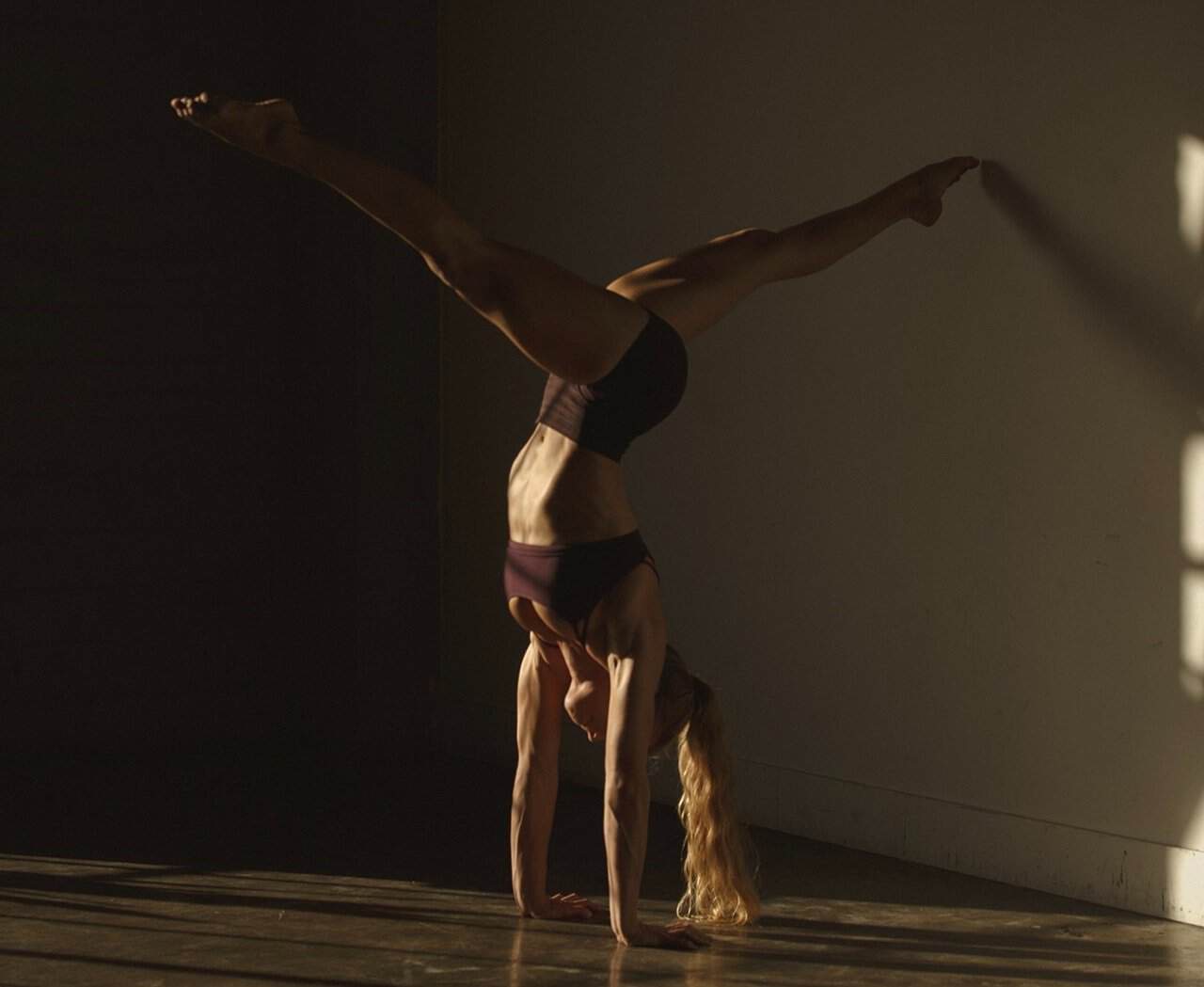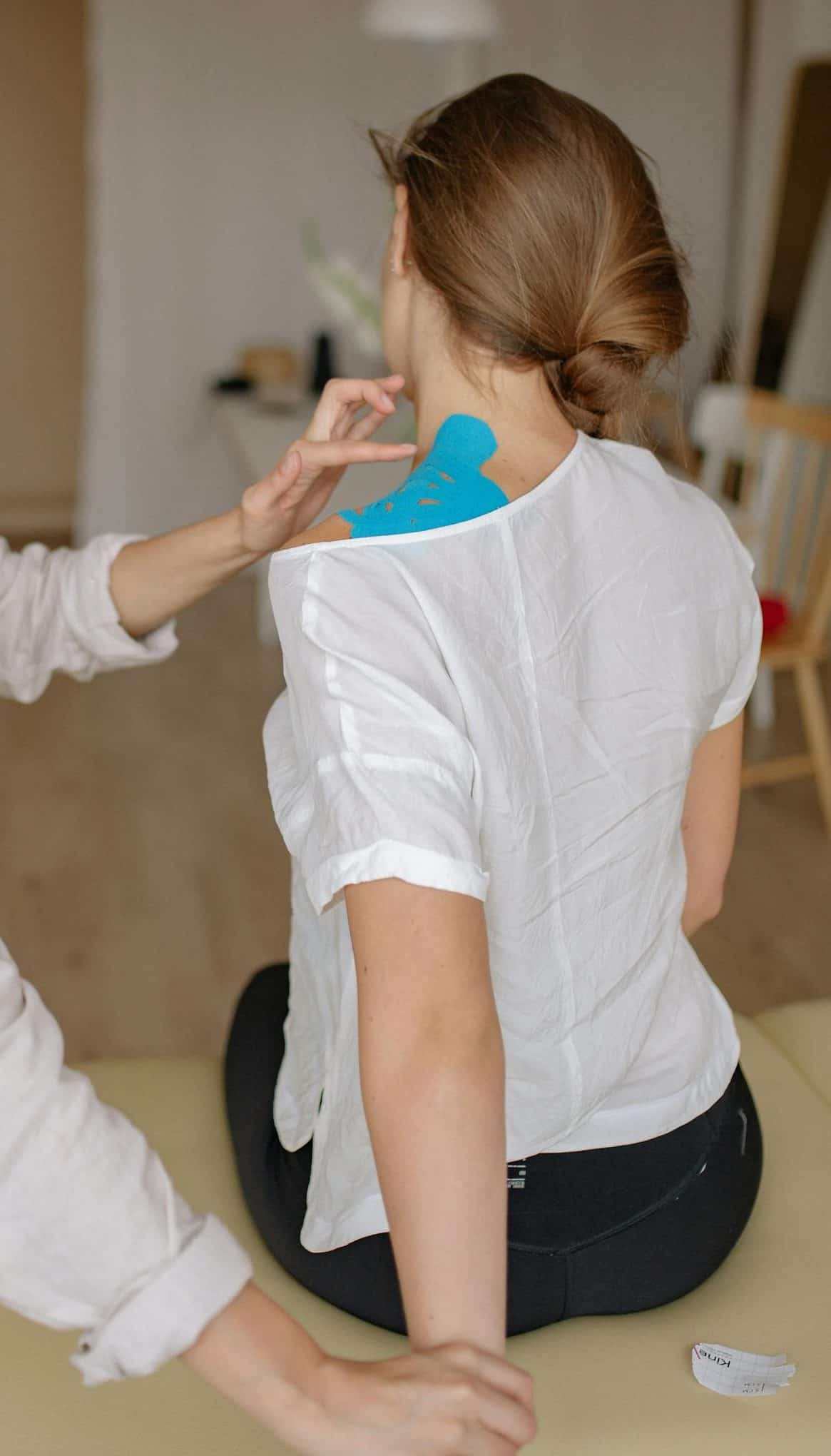Beyond Rehab: How Movement Mastery Aids Injury Treatment
Injury treatment doesn’t end when the pain subsides.
At True North Athletic Therapy, I see it all the time: clients walk out of rehab feeling better — but not necessarily smarter in their movement. That gap often leads right back to chronic pain or repeat injury. And the truth is, traditional injury rehabilitation in Bozeman, Montana often stops short of what your body actually needs to stay resilient.
That’s where movement mastery comes in. Not just exercise. Not just stretching. I’m talking about building a conscious, sustainable connection to how your body moves.
Through my collaboration with Mindful Somatics, a training practice focused on body awareness and control through intentional strength movements like handstands, I’ve seen the powerful results of blending pain management with movement intelligence.
Let’s dig into how going beyond rehab creates long-term resilience — and how you can build that into your own recovery journey.
The Problem With Stopping at Pain Relief
Here’s a harsh truth:
Many people complete their injury rehab the moment their symptoms are “manageable.” But pain-free doesn’t equal risk-free.
If you’ve ever:
…then you’ve experienced the limits of traditional rehab.
Why? Because most injury treatment in Bozeman, Montana (and beyond) focuses on:
Those are essential — and I specialize in that at True North Athletic Therapy. But what comes next is what truly keeps you injury-free.

What is Movement Mastery?
Movement mastery isn’t just physical therapy. It’s the deliberate practice of how your body moves — with an emphasis on control, awareness, and alignment. It answers questions like:
This is where Chala with Mindful Somatics comes in.
She helps people build embodied strength — not just through handstands (though those are a powerful tool), but through foundational bodyweight movements that demand presence, control, and alignment.
Why This Matters for Injury Treatment
You might assume something like handstand training is only for highly specialized athletes. But it’s actually one of the most functional ways to:
Incorporating movement mastery principles into rehab helps you:
Pain may have brought you into my care. But movement mastery is what keeps you from coming back.

The Role of Somatic Awareness In Injury Rehabilitation
True healing includes feeling.
At True North Athletic Therapy, I’ve seen how somatic practices — those that reconnect you to your physical sensations — lead to:
Mindful Somatics emphasizes this connection by teaching clients to feel:
When that awareness is paired with therapeutic care, you’re not just recovering — you’re evolving.
How I Approach Injury Treatment at True North Athletic Therapy
My goal is to help you feel good enough to safely return to sport or begin a more advanced movement practice. In your sessions, I identify what might be causing your pain and offer simple corrections or insights to get you back to baseline.
If you’re ready to take your movement further, I may recommend continuing with specialists like Chala at Mindful Somatics. Her approach to body awareness and intelligent strength work complements my treatment — and can help prevent future injury.
I’m not just here for pain management in Bozeman, Montana — I’m here to help you take the next step toward resilience.

Client Story: From Chronic Shoulder Pain to Confident Movement
One of my clients, a climber and barista in her early 30s, came in after two years of recurring shoulder pain. She’d done PT. She’d rested. Nothing stuck.
After a few targeted sessions, she was ready to build on her progress. I referred her to Mindful Somatics for load-bearing mobility training. They started with wall-supported handstand holds and scapular drills. Within six weeks, she had better shoulder control than ever — and was back to climbing pain-free.
The key wasn’t more treatment. It was smarter movement.
What You Can Do Next For Your Injury Treatment
Whether you’re recovering from an injury or trying to stay out of pain long-term:
Want help building a pain-free, movement-smart body?
Let’s talk.
Reach out to True North Athletic Therapy for injury treatment in Bozeman, Montana — or check out my friend, Chala, at Mindful Somatics to start learning your body from the inside out.

